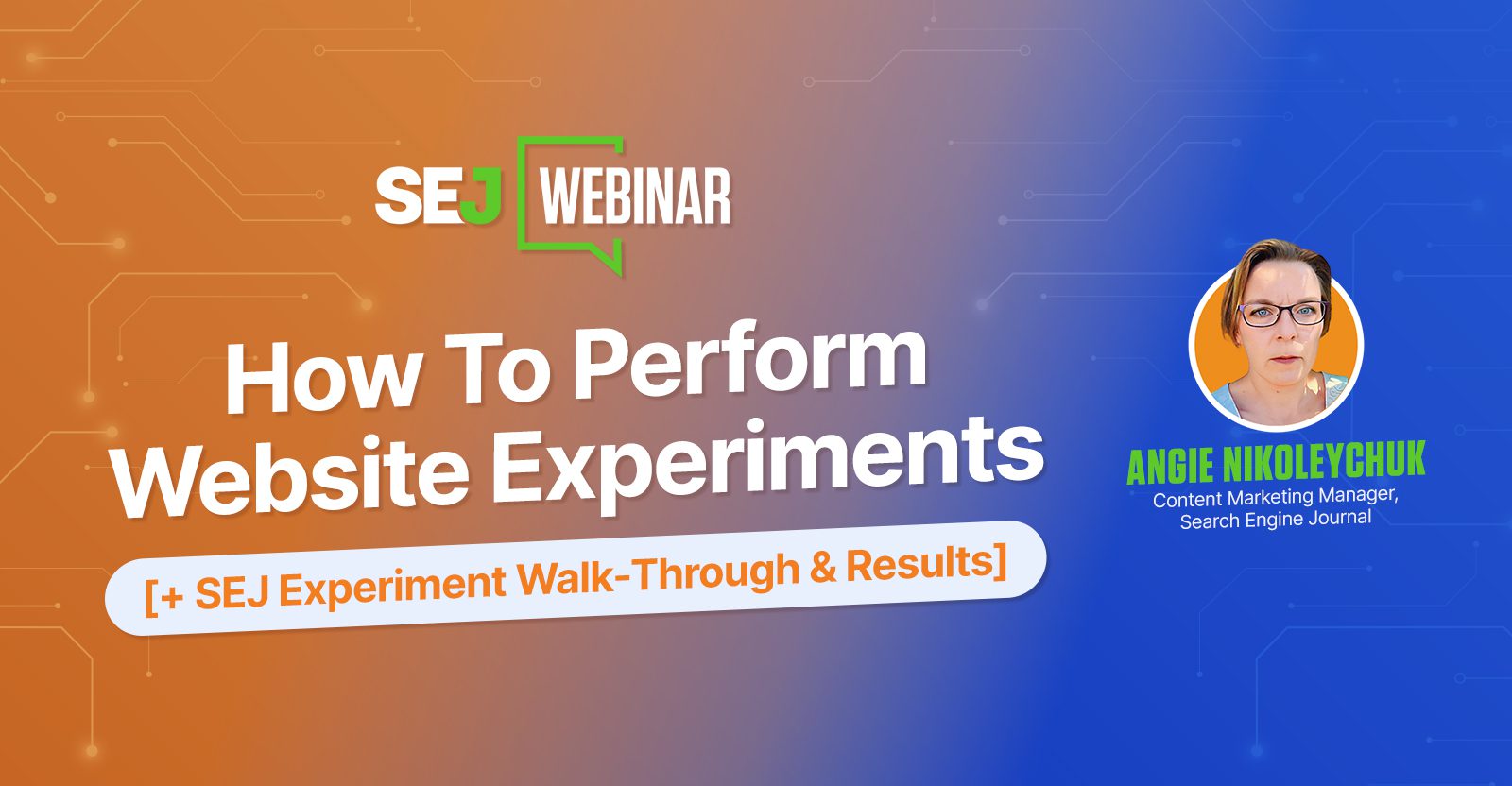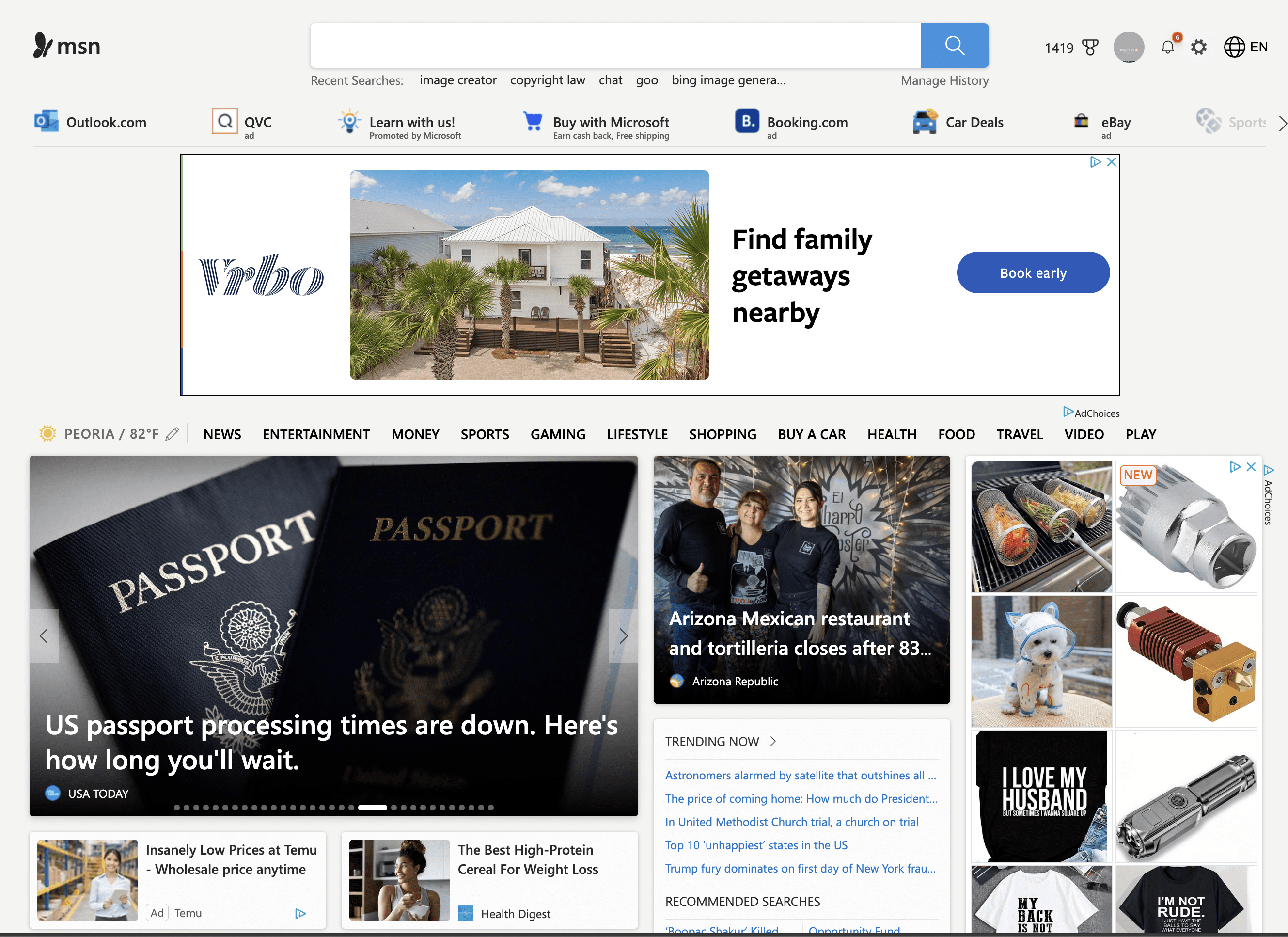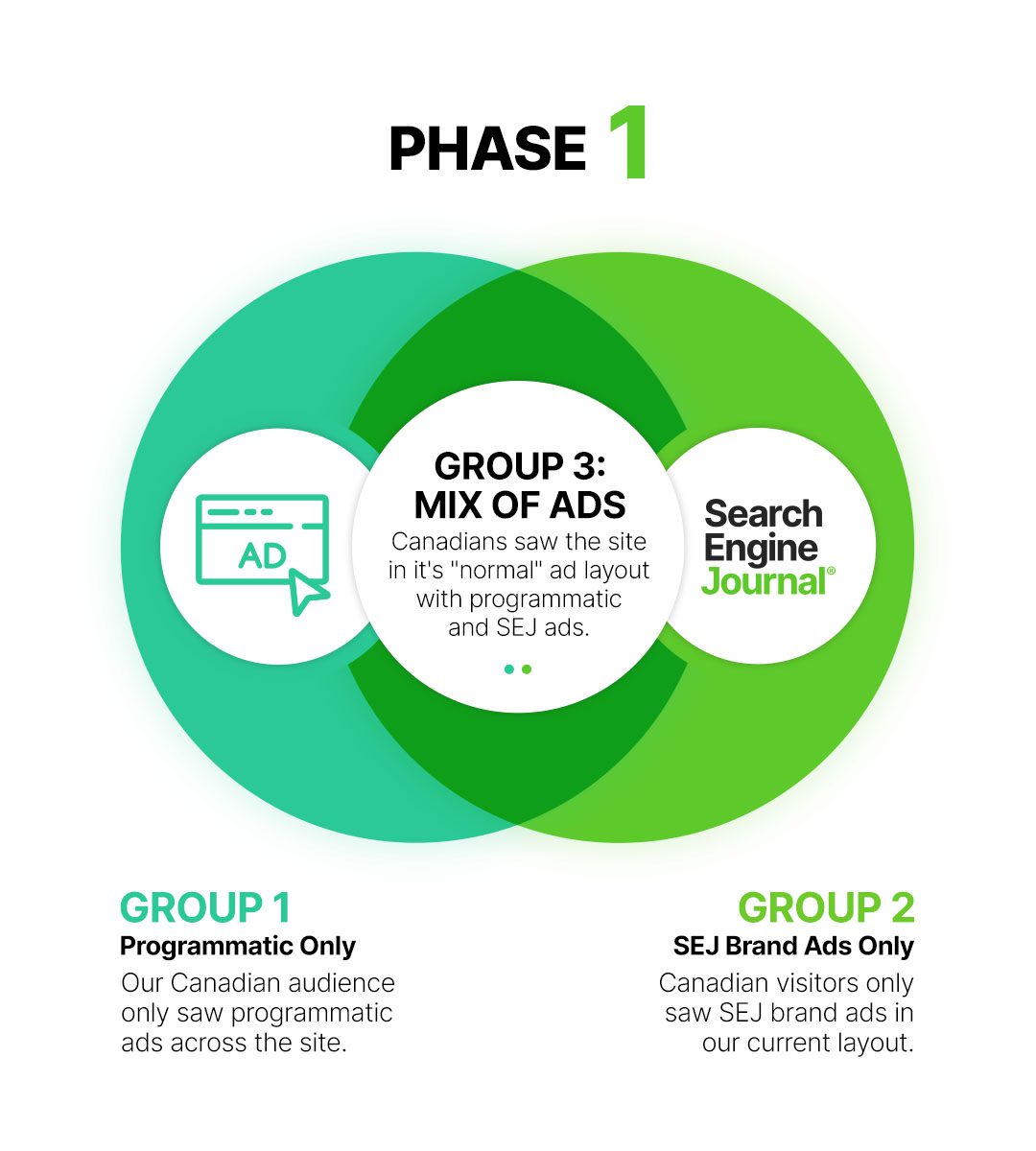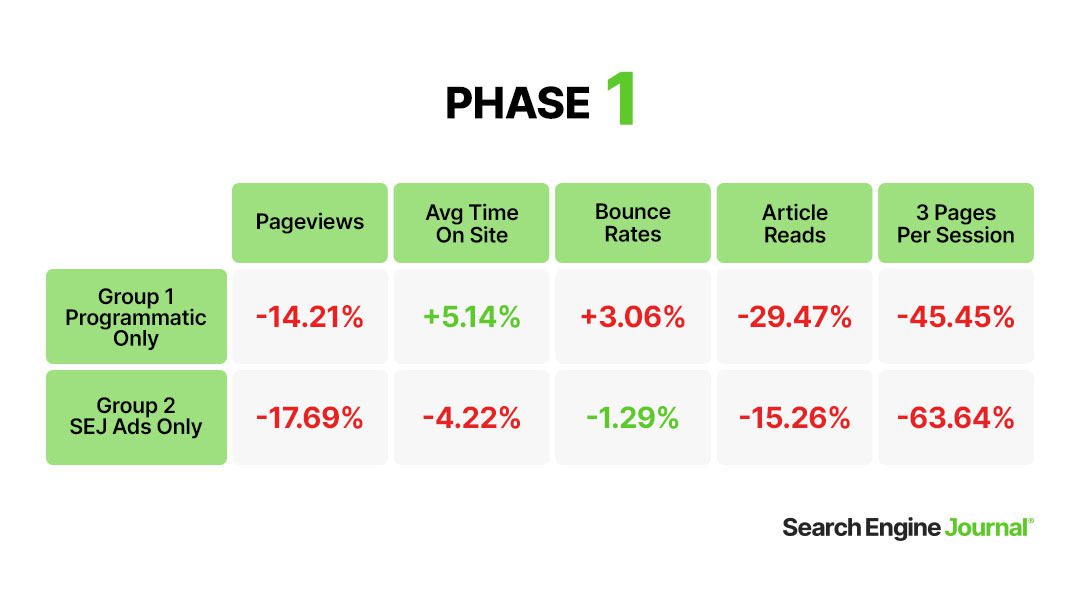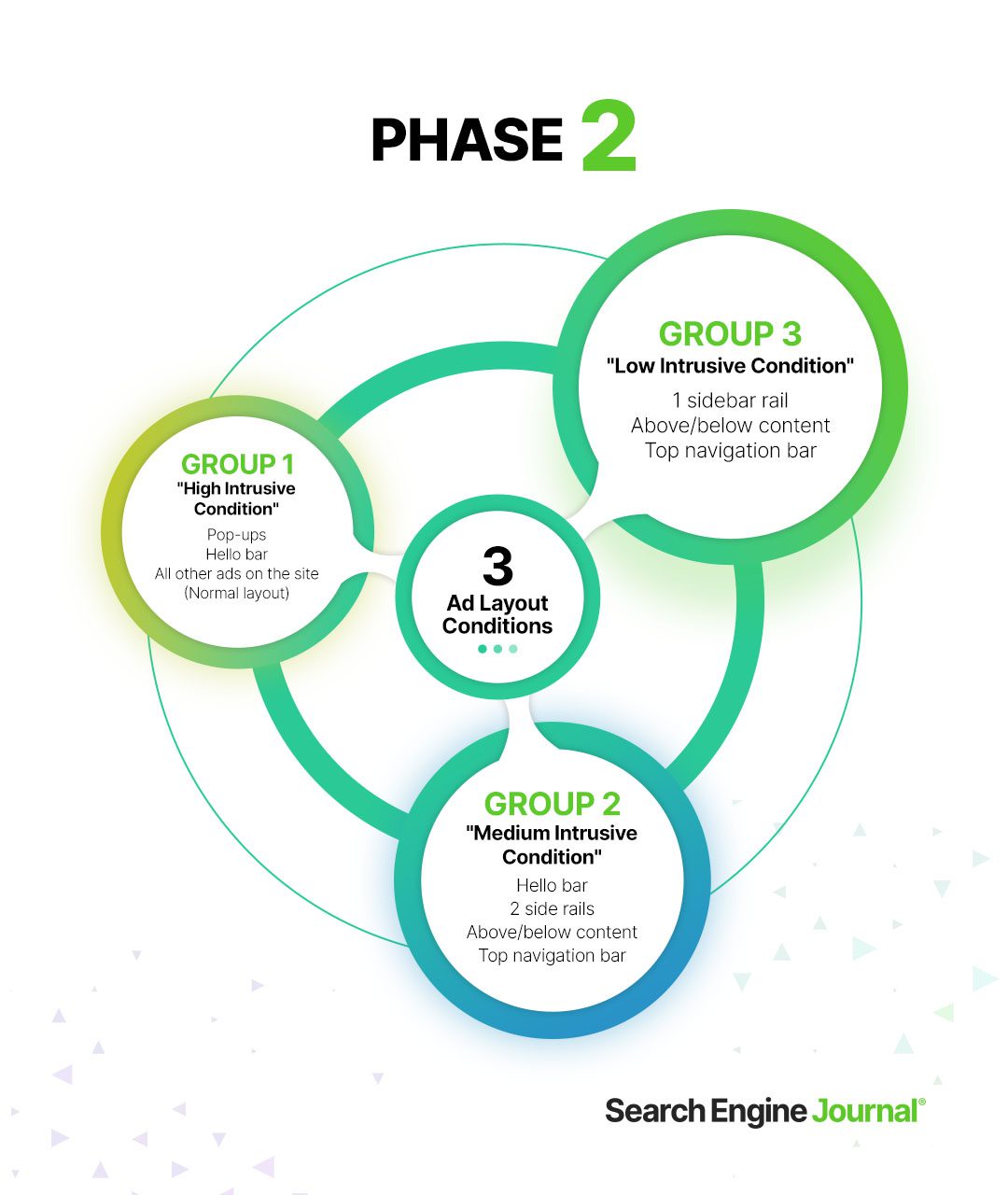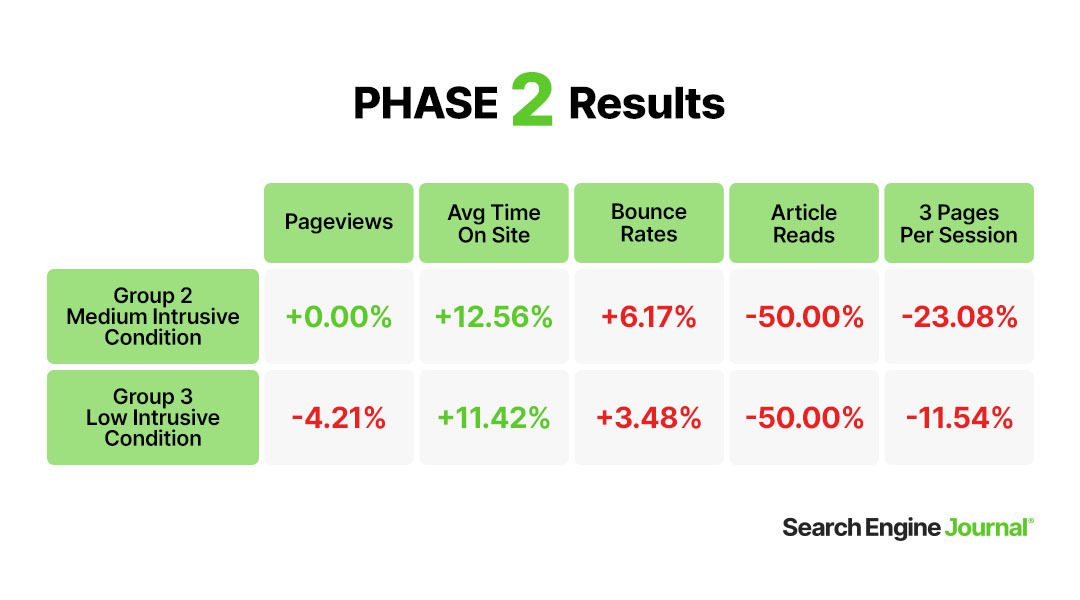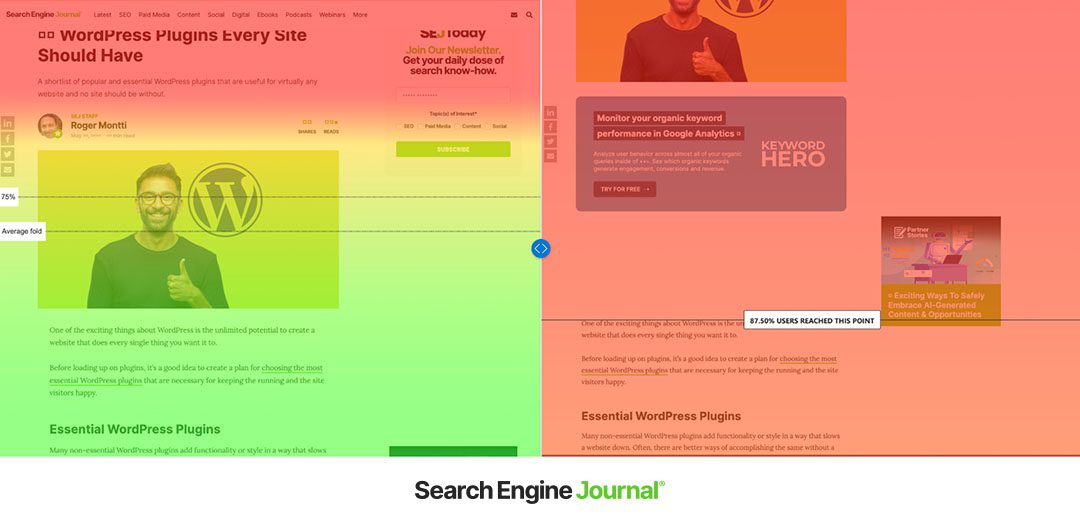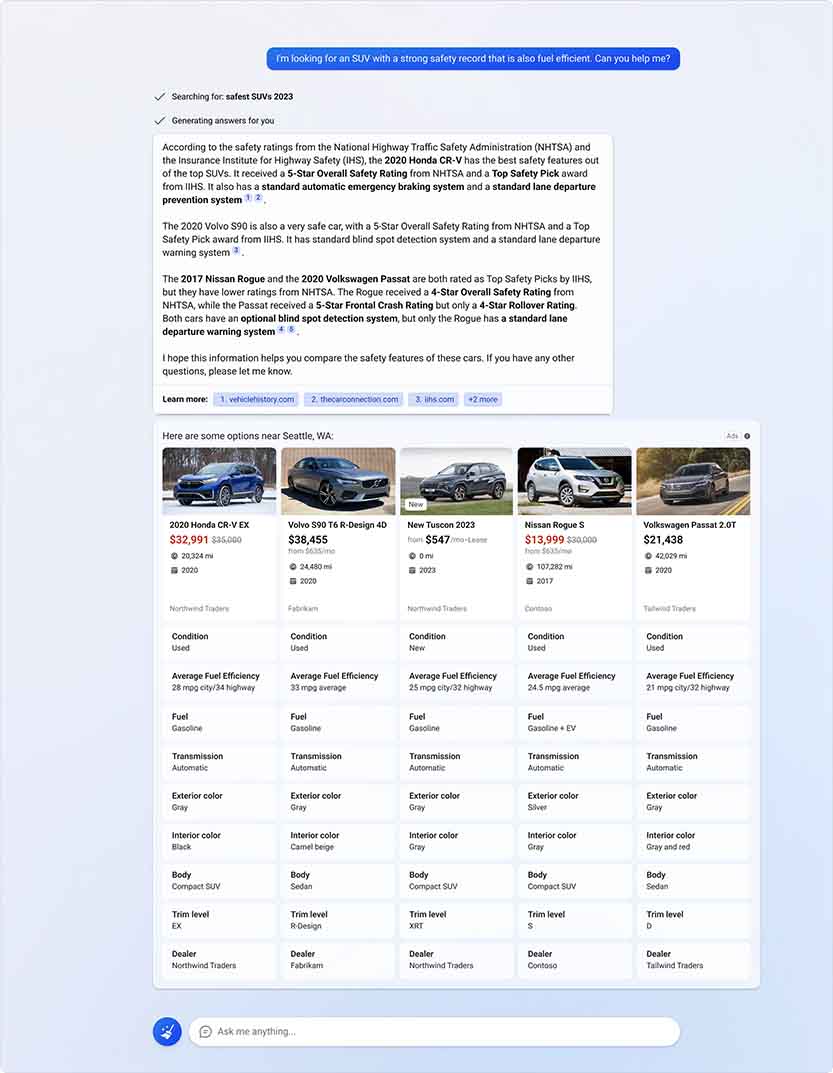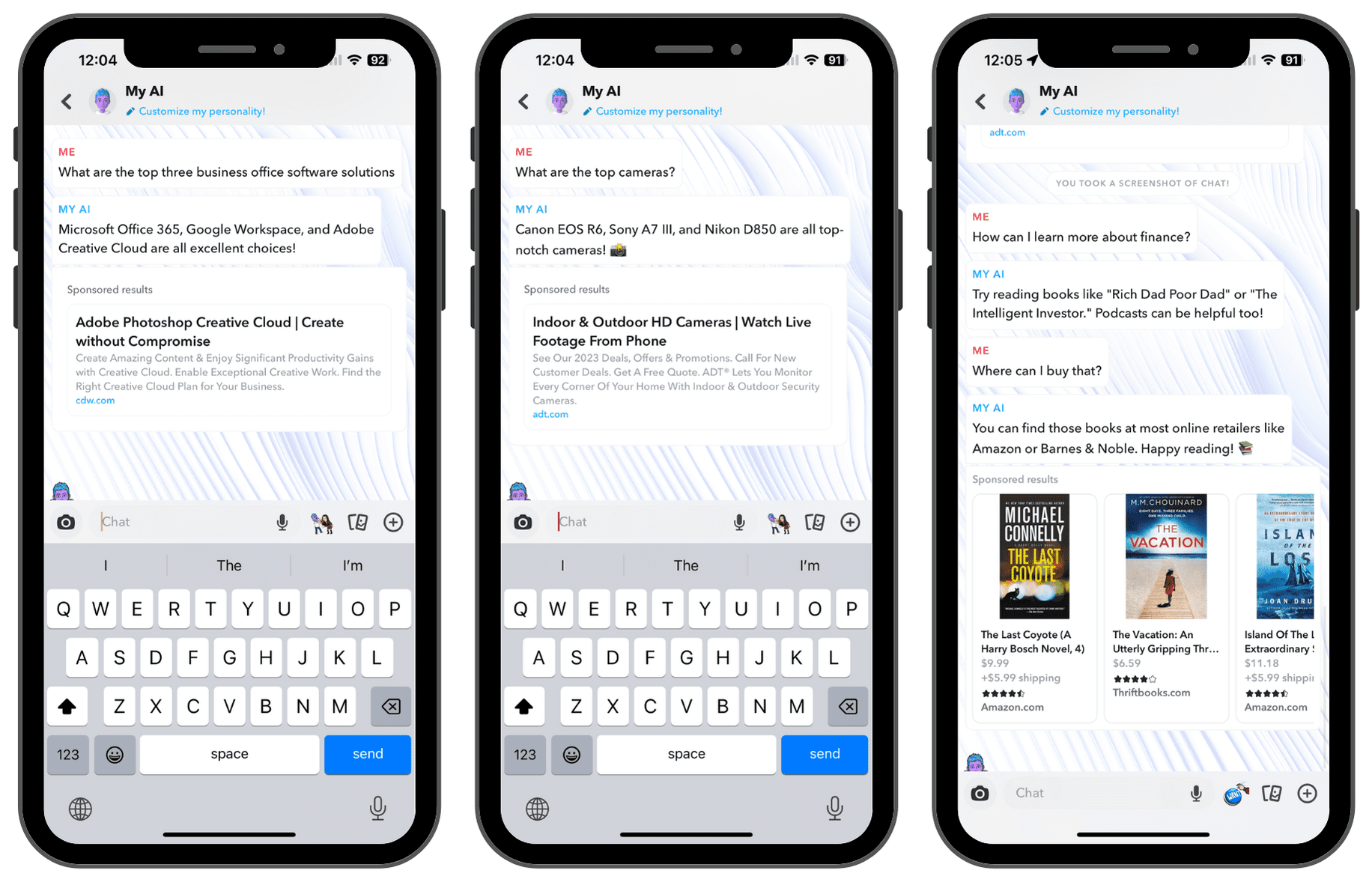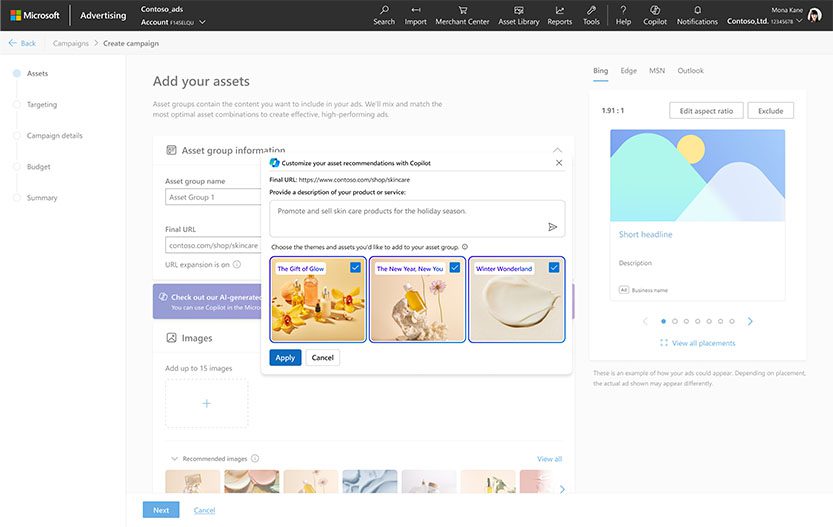Organic vs. Paid Social Media: How To Align Your Strategy via @sejournal, @brookeosmundson
In the ever-changing social media landscape, many companies ask whether they should focus on organic or paid social media.
Spoiler alert: You’re asking the wrong question.
It is a well-known “rule” of marketing that it takes seven interactions with a brand before a consumer makes a purchase decision.
In addition, more than two-thirds (68%) of consumers have made a purchase through social media.
It’s clear that brands need to have both an organic and paid media strategy.
That being said, creating effective social media strategies is no easy feat.
Whether you’re new to social media strategy or looking for tips to refresh your brand, this guide is for you.
Read on to uncover the differences between organic vs. paid social media, examples of each type of social media marketing approach, and how to create an effective strategy that aligns both.
What Are The Differences Between Organic And Paid Social Media
While you may be tempted to create the same content for organic and paid social media, it’s necessary to distinguish between the two.
Each approach has its own characteristics, advantages, and strategies – but also some common ground. Let’s take a look at the benefits and goals for comparison.
An organic social media strategy typically focuses on the following:
- Content creation.
- Reach.
- Engagement.
- Long-term relationship building.
While there is no direct cost associated with organic social media, it’s important to distinguish the indirect costs.
The primary cost of organic social media involves content creation and engagement with followers. With consistent posting and community engagement, you will gradually build an organic following.
A paid social media strategy differentiates from organic social media in these areas:
- Content promotion.
- Reach.
- Cost.
- Engagement and conversions.
- Short-term goals and results.
- Scalability.
To summarize, while organic and paid social media share common ground and goals, there are distinct differences between the two approaches.
What Is Organic Social Media?
Now that we’ve distinguished the key differences between organic and paid social media, let’s dive further into organic social media.
Organic social media is a channel strategy where businesses create and share original content on social media platforms without paying for reach.
The type of content posted can vary per platform and typically consists of a mixture of:
- Text posts.
- Images.
- Videos.
- Blog articles.
- And more.
Aside from posting branded content, organic social media involves other community engagement, including:
- Responding to user comments.
- Fostering conversations on the platform(s).
While organic social media doesn’t always provide the reach and targeting of paid social media, it’s still considered a core component of a holistic digital marketing strategy.
So, why is organic social media so important if it doesn’t provide massive reach and conversions?
With organic social media, the primary goal is to engage with the brand’s existing follower base and to build long-term relationships with those customers.
Additionally, organic social media is a place for companies to establish brand voice and authenticity.
Let’s take a look at a few examples of organic social posts from varied brands.
Example 1
In this example, the brand created a listicle article catering to a specific group of women.
Once a user clicks on the post, they’re taken directly to the brand’s website to view the full content.
The brand also engages with user comments and aims to increase website traffic to popular blog posts.
Example 2
In this example, the brand showcases its main product in a lifestyle form.
With many people working remotely, they’re looking to personalize and upgrade their office aesthetics.
This post shows the possibilities and flexibilities of its product in a real-life example.
Example 3
Drop a comment below for the first SkyMiles benefit you find. pic.twitter.com/WfGC6kc74S
— Delta (@Delta) August 9, 2023
The social platform X (formerly known as Twitter) is known as a way for brands to keep their content lighthearted while not directly promoting products or services.
The Delta example above does exactly that.
The brand created an interactive word scramble for users, which keeps them engaged. Additionally, users are encouraged to comment, which helps boost engagement and visibility.
These days, brands must get more creative than ever for organic content to stand out.
It’s no secret that organic reach on social media declines every year, making it hard to engage with existing followers and gain new ones along the way.
Enter paid social media.
What Is Paid Social Media?
Paid social media is a tactic that involves promoting content through advertising dollars.
Unlike organic social media, which only reaches existing followers, paid social media allows content to be targeted to specific audiences.
Running social advertising has many benefits, including:
- Create content for specific, targeted audiences.
- Expand and increase reach in a scalable manner.
- Increase overall engagement on the platform.
- Works well for short-term goals, such as lead generation or purchases.
- The ability to track and measure campaign performance.
Typically, paid social media ads consist of these main formats:
- Video ads.
- Image ads.
- Carousel ads.
- Text-only ads.
Video ads can be used across many social media platforms like Facebook, Instagram, Snapchat, TikTok, LinkedIn, X (formerly Twitter), and more.
Each platform has its own inventory for sponsored ads, such as:
- Newsfeed.
- Stories.
- Reels.
- Sidebar sections.
- And more.
Some brands decide to create dedicated content for different audiences and platforms, while others decide to boost organic content to a wider audience.
Below are a few examples of brands and how they use paid social advertising.
Example 1
Ironically, this is paid advertising at its finest.
The example above is promoting the primary B2B advertising platform, encouraging relevant businesses to advertise with it.
Example 2:
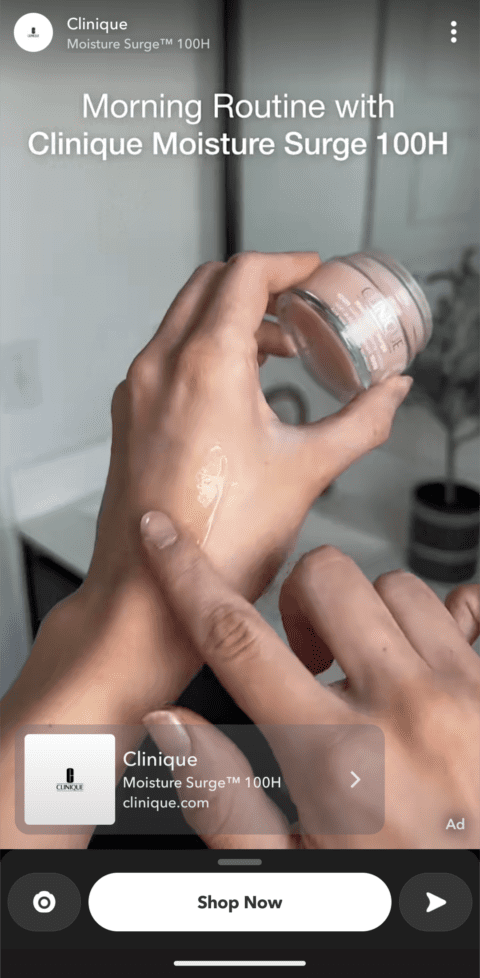 Image from Clinique, August 2023
Image from Clinique, August 2023


This example shows a screenshot of a Snapchat video ad. This ad type is strategically placed while users watch their friends’ Snapchat stories as a way to promote new products.
The ads have a strong CTA placement at the bottom and a clickable product highlight in the lower left-hand corner.
Example 3






The last example is the form of an Instagram video ad placed within a user’s newsfeed.
It would seem video ads are the go-to format lately, as it’s difficult to find static image ads in the wild.
The video ad also includes a clickable Shop Now button and allows users to like, comment, or share the ad for further engagement.
How To Create A Strategy To Align Paid And Organic Social Media
Now the fun part begins: creating a cohesive strategy inclusive of both organic and paid social media.
As mentioned earlier, a social media strategy should not be an “either/or” mindset.
It will take a consistent, holistic strategy that encompasses the advantages of both arenas.
Let’s break down the steps to developing a sound strategy that integrates both approaches for maximum value.
Step 1: Define Your Goals
This may go without saying, but goals are essential to any strategy.
Without goals, there’s no guidance or direction to provide feedback on what’s working and what’s not.
Before establishing channel goals, the ‘big picture’ business goals need to be established.
From there, specific goals are defined for each channel, including both organic and paid social media. These could include:
It’s important to note which approach will contribute to each goal to help define success and keep note of that.
Step 2: Identify & Leverage Your Target Audience
Understanding your target market is crucial, especially for social media efforts.
It’s not just about uncovering the demographic components of your audience, but also about identifying behavior trends and where they spend time online.
Researching this information ahead of time will guide both organic and paid social media efforts to ensure you’re reaching the right people on the right platform.
Once your target audience(s) is identified, you can then use these components to build relevant audience lists for paid social media campaigns to reach new users.
Step 3: Identify Platforms & Develop Content Themes
Part of step two is to identify where your target audience spends time online. Once that’s been identified, it’s time to align those platforms with your strategy.
Selecting the right social media platforms is so important, especially for organic social media.
While it’s typically easier to run paid social campaigns on multiple platforms, establishing an authentic organic presence on each chosen platform can be time-consuming and tricky – especially if it’s a platform your brand hasn’t used before, or if it’s not 100% aligned with your business goals.
Different platforms cater to different audiences and content formats, so choose wisely based on your audience and business goals.
Not all chosen platforms have to utilize organic and paid approaches, and that’s okay!
After identifying your platforms, the hard part kicks in: content themes.
Again, depending on your overall business goals and audiences, the content produced on each platform, and each approach, could be similar or completely different.
What’s most important is creating a content strategy consistent with your brand identity. This should include certain themes, topics, messages, and even imagery or video aesthetics.
For example, while organic content may focus on keeping people engaged on the platform, the paid content may be promoting a certain offer.
The content is different, but keeping a similar theme, style, and language helps new users associate and remember your brand quickly.
Step 4: Plan And Segment Organic & Paid Content
Now that you have chosen your content themes, it’s time to plan and schedule content.
From an organic standpoint, this could include a mix of:
- Images.
- Videos.
- Polls.
- Stories
- Etc.
Remember – organic content should provide value and focus on engagement.
Creating a content calendar is a great way to keep the team organized, especially if multiple teammates are responsible for managing social.
That being said, it’s important to do your research and test posting at different times of the day, days of the week, etc., to determine when engagement is most likely to occur.
From a paid social media perspective, aligning campaigns with the organic content calendar is a great way to synergize efforts and identify if or where paid social ads need to fill any particular calendar gaps.
An example of aligning paid social campaigns to the overarching business goals could be running ads for a new product launch or a huge sale.
These types of efforts can help boost immediate sales or demand while also helping strengthen the brand organically for the long haul.
Step 5: Create, Launch, & Optimize Campaigns
This step particularly focuses on paid social campaigns; however, the optimization and analysis can and should be done for both approaches.
Once steps one to four have been completed, this should make setting up paid campaigns a breeze (hopefully!).
Remember, each platform utilizes different ad formats, so the paid content should have been done in steps two and three.
Utilize the targeted personas created early on to build specific audiences in each platform.
While there are many audience-building similarities between social media platforms, each has nuances and specifications to keep in mind.
The audience targets in each platform should help guide campaign budgets, while the content of the ads should guide the campaign objectives.
For example, if you have a target audience of 500,000 users, a $20 daily budget likely won’t cut it to see significant results.
Additionally, if your goal is quality lead generation, the campaign objective likely shouldn’t be set to ‘awareness’ or ‘reach.’
Once campaigns have been built and launched, it’s time to watch and learn.
Typically, campaigns take a few days in a learning phase to identify what’s performing well and what needs to be improved. The learning phase will differ based on multiple factors, including audience size and budget.
It’s important to let the campaigns learn before taking any significant action (unless you see something dire, like a grammatical error or incorrect audience targeting).
Regularly reviewing the performance metrics of both organic and paid content should be part of the plan, and not done in silos.
In the early stages of creating your social media strategy, each approach should have key performance indicators (KPIs) associated with it, and this is where regular analysis comes in.
Significant learnings can be applied from one approach to another, and cross-channel learnings help adjust your strategy based on what’s working and what’s not.
Summary
Understanding the distinctions and synergies between organic and paid social media is crucial for building a well-rounded online presence.
While organic efforts prioritize brand authenticity, engagement, and nurturing connections, paid social media can provide targeted and expanded reach, and quick short-term results that are scalable over time.
Both approaches are vital components of a comprehensive marketing strategy.
Once you’ve nailed the basics, aligning your organic and paid social media strategies can enable your brand to establish a strong, consistent, and authentic identity in the ever-changing digital landscape.
More resources:
Featured Image: oatawa/Shutterstock

